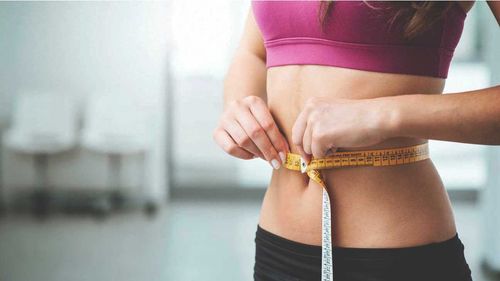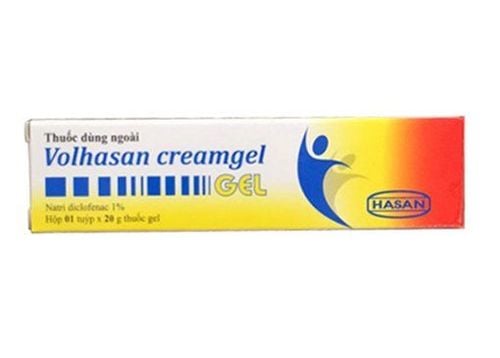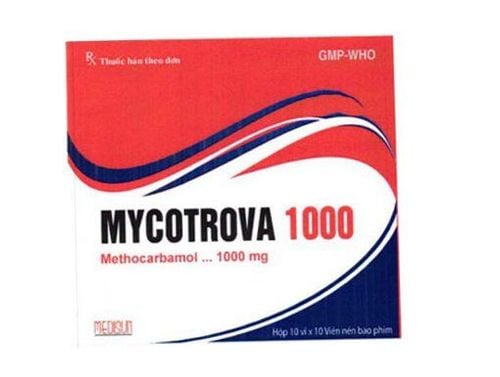This is an automatically translated article.
Do stretching exercises improve flexibility? If so, which type of skin tightening is best? Should you do stretching exercises before exercise, after exercise, or both? Does stretching enhance athletic performance or reduce it? Can an athlete prevent injury by stretching?
1. Why basic stretching?
Stretching exercises encourage stretching of your muscles and their associated tendons. They counteract the shortening and tightening of the muscles that can occur immediately after vigorous exercise
A sedentary lifestyle that involves sitting or driving for long periods of time can strain your muscles shorten and tighten. This reduces your range of motion and can lead to stiffness and pain.
With its muscle-stretching effect, stretching promotes flexibility, i.e. the ability to fully move your joints.
2. Stretch safely
It is very helpful to stretch your muscles in your training regimen. Stretching can increase flexibility and improve your joint's range of motion, allowing you to move more freely. And making sure you have equal flexibility on both sides can help protect you from injury.
Before stretching, warm up for 5 to 10 minutes with light activities. Better yet, stretch after your workout. Hold the stretch gently and slowly. Do not return. Breathe with your stretches. If you feel pain, you're overstretching.
Hold one position for about 30 seconds, up to a slight pull on each side. Repeat the stretch on both sides two to four times. Stretching is recommended two to three days a week.
If you have a health condition or injury, talk to your doctor or physical therapist about the stretch that's right for you.
SEE ALSO: 8 stretching exercises at night before sleeping
3. How to stretch muscles safely
3.1. Calf stretch
Your calf muscles run along the back of your shin. To stretch your calf muscles:
Stand one arm away from a wall or sturdy exercise equipment. Place your right foot behind your left foot. Slowly bend your left leg forward, keeping your right knee straight and your right heel on the floor. Keep your back straight and hips forward. Do not rotate your feet inward or outward. Hold for about 30 seconds. Switch legs and repeat. For a deeper stretch, slightly bend your right knee as you bend your left leg forward.
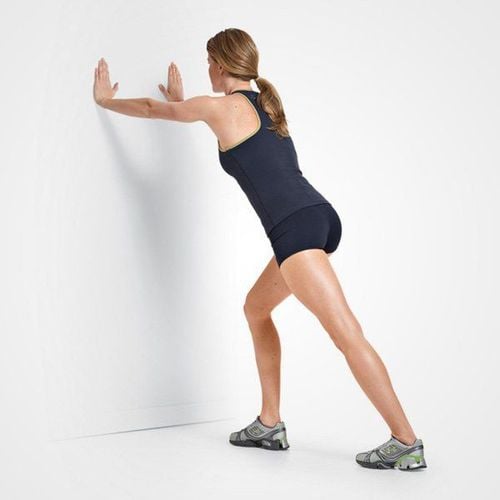
Tư thế giúp căng cơ bắp chân
3.2. Tendon strain
Your hamstring muscles run along the back of your shin. To stretch your hamstrings:
Lie on the floor near the outside corner of a wall or door frame. Raise your left leg and lean your left heel against the wall. Keep your left knee slightly bent. Gently straighten your left leg until you feel a stretch along the back of your left thigh. Hold for about 30 seconds. Switch legs and repeat. As your flexibility increases, maximize your stretch by gradually inching closer to the wall or door frame.
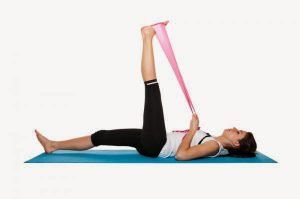
Tư thế căng cơ gân kheo cùng dụng cụ
3.3. Quadriceps Tension
Your quadriceps run along the front of your thighs. To stretch your quads:
Stand near a wall or a sturdy piece of exercise equipment for support. Grasp your ankle and gently pull your heel up and back until you feel a stretch in the front of your thigh. Squeeze your abs to prevent your belly from sagging out, and keep your knees close together. Hold for about 30 seconds. Switch legs and repeat.
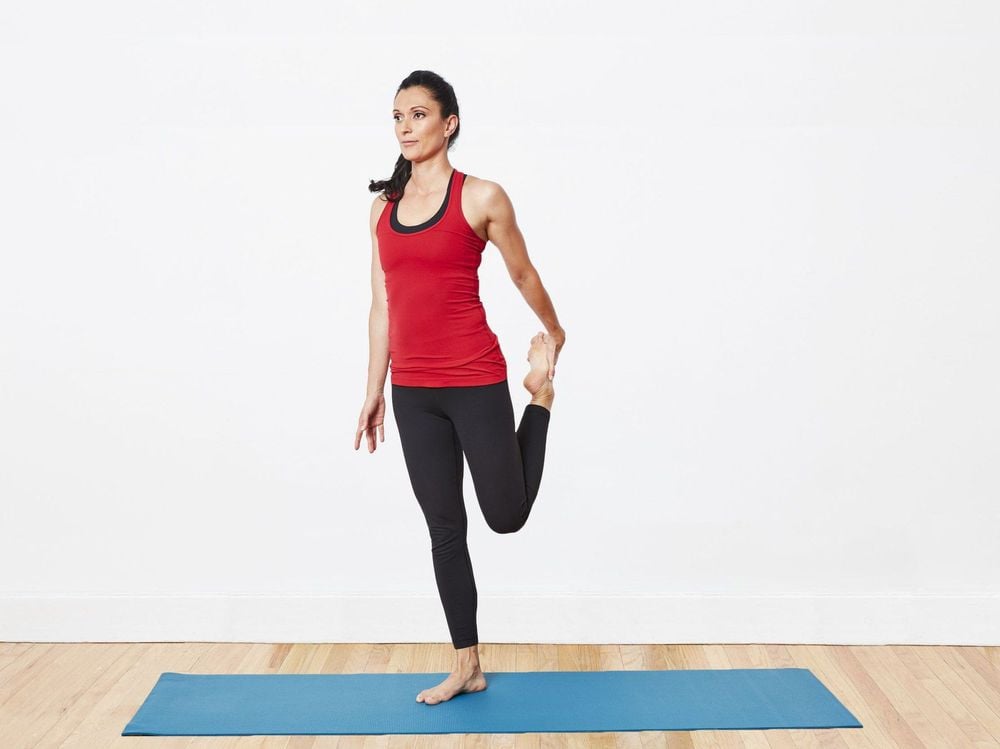
Tư thế kéo căng cơ tứ đầu
3.4. Hip flexors
The hip flexor, which allows you to lift your knee and bend at the waist, rests on the upper thigh, just below the hip bone. To stretch your hip flexors:
Bend your right knee, using a folded towel to line your kneecap. Place your left foot in front of you, bend your knee, and place your left hand on top of your left leg for stability. Place your right hand on your right hip to avoid bending at the waist. Keep your back straight and your abs tight. Lean forward, placing your weight on your front leg. You should feel a stretch in your right thigh. Hold for about 30 seconds. Switch legs and repeat.
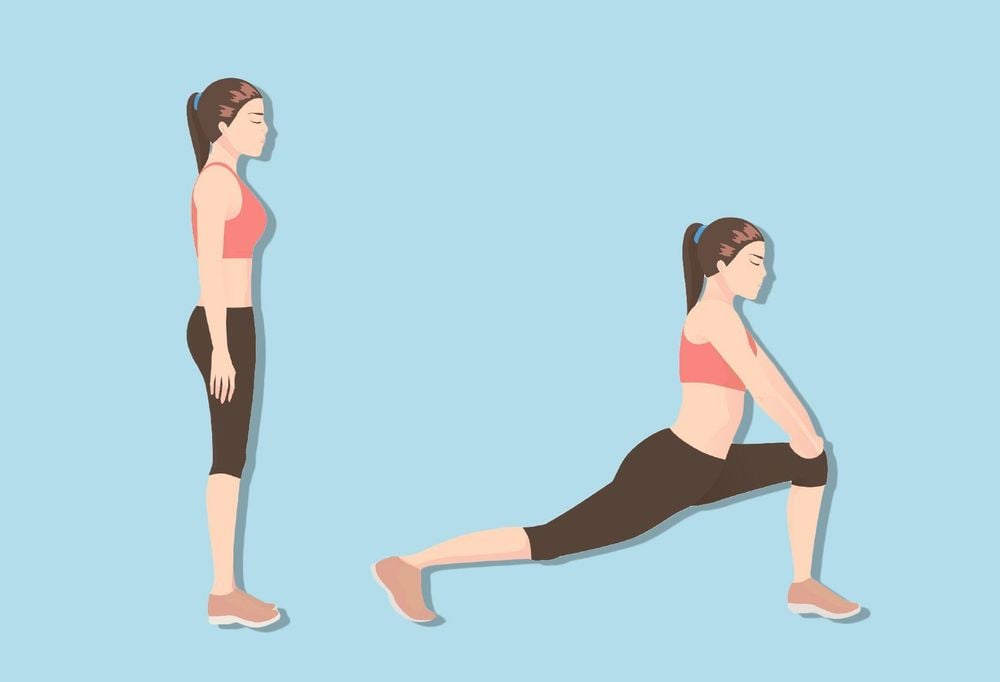
Tư thế kéo căng cơ gấp hông
3.5. Stretch Iliotionate Band (ITB)
The glial nerve (ITB) is a band of tissue that runs along the outside of your hips, thighs, and knees. To stretch your ITB:
Stand near a wall or a sturdy piece of exercise equipment for support. Cross your left foot over your right foot at the ankle. Extend your left arm overhead, reaching towards your right. You should feel a stretch along your left hip. Hold for about 30 seconds. Switch sides and repeat.
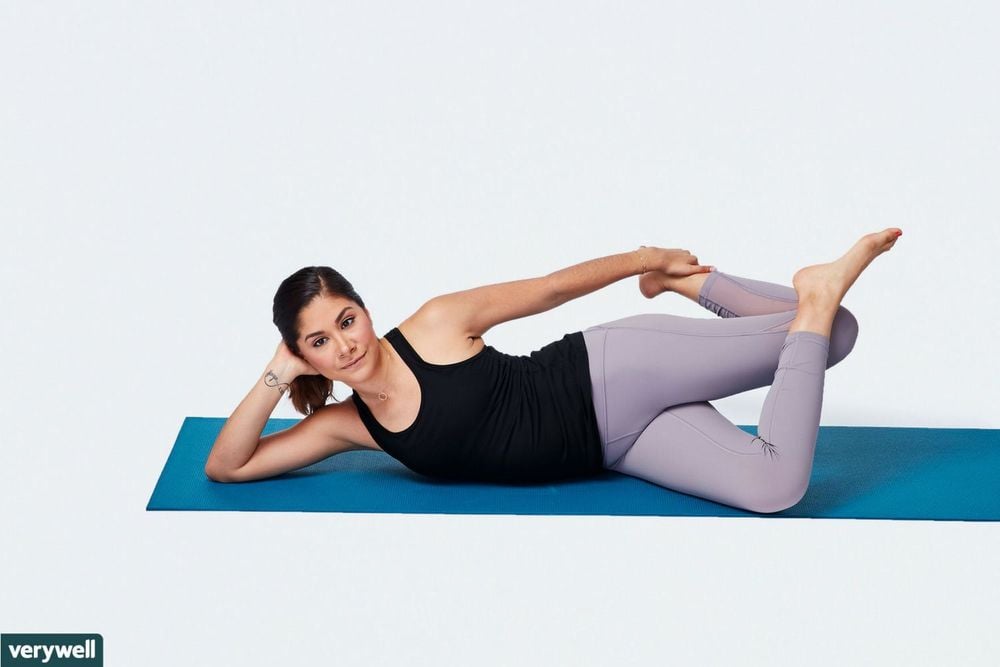
Tư thế kéo dài ITB
3.6. Knee to chest stretch
The knee-to-chest stretch focuses on the muscles in your lower back. Avoid stretching this muscle if you have osteoporosis as it can increase your risk of compression fractures in your vertebrae. To do this, you need:
Lie on your back on a firm surface with the back of your heel resting on the floor. Gently pull one knee up to your chest until you feel a stretch in your lower back. Bring your knees as close to your chest as comfortably as possible. Keeping the opposite leg relaxed in a comfortable position, bend the knee or extend the leg. Hold for about 30 seconds. Switch legs and repeat.
3.7. Shoulder strain
If your back shoulder is strained, you are more likely to have rotator cuff problems, especially if you play golf or participate in racquet or overhead throwing sports, such as tennis or ball pestle. To keep your shoulders flexible:
Bring your left arm across your body and hold it with your right arm, above or below the elbow. Hold for about 30 seconds. Switch hands and repeat.
3.8. Stretch your shoulders with a towel
The internal rotator cuff is part of a muscle group commonly used in overhead sports activities, such as a tennis serve or overhead pitching. To stretch these muscles:
Grasp a rolled towel with both hands as shown. Gently pull the towel toward the ceiling with your upper hand. You should feel the shoulder of the opposite arm stretch as the lower arm pulls slightly up your back. Hold for about 30 seconds. Switch hands and repeat.
3.9. Neck strain
Moves to help lengthen your neck:
Bend your head forward and slightly to the right. With your right hand, gently pull your head down. You should feel an easy stretch along the left back of the neck. Hold for about 30 seconds. Repeat on the opposite side.
Please dial HOTLINE for more information or register for an appointment HERE. Download MyVinmec app to make appointments faster and to manage your bookings easily.





